Hyderabad: A joint research team from the International Institute of Information Technology, Hyderabad (IIITH), and King Abdullah University of Science and Technology (KAUST) has reported progress in creating flexible dielectric materials that can be used in affordable pressure sensors.
The study, published in the IEEE Journal on Flexible Electronics, describes how bubble-induced polydimethylsiloxane (PDMS) foam combined with conductive textile electrodes can function as capacitive pressure sensors. The researchers said the sensors showed low hysteresis, rapid response, and repeatability, making them suitable for healthcare, robotics, and wearable technologies.
The fabrication process relies on accessible materials such as cotton textiles and polymer foam. According to the team, the PDMS foam offers greater flexibility and stretchability than the base polymer, opening possibilities for scalable use in assistive devices and biomedical applications.
To build the sensor, the researchers synthesised polypyrrole-coated conductive cotton textile through a chemical oxidative process and combined it with bubble-trapped PDMS, resulting in a compressible capacitive structure. In practical demonstrations, the sensors were used in a smart computer interface to detect mouse clicks and in a wearable glove to differentiate between objects of varying weights. These examples, the team noted, highlight potential applications in human–machine interaction, surgical robotics, and robotic grip control.
The project received partial funding under the Promotion of University Research and Scientific Excellence (PURSE) scheme of the Department of Science and Technology (DST), Government of India.
By using everyday materials and a relatively simple design, the research points to a possible route for developing low-cost and scalable pressure sensors that can support advancements in tactile sensing and healthcare monitoring.
Also Read: ICAR to Form Dedicated Sugarcane Research Team, Says Union Minister Shivraj Singh Chouhan



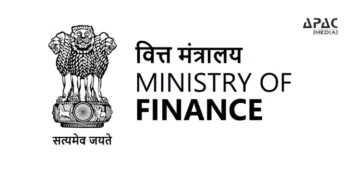

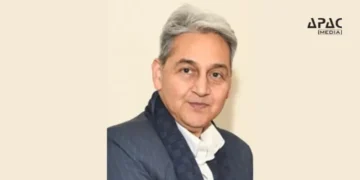


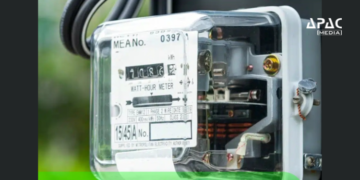
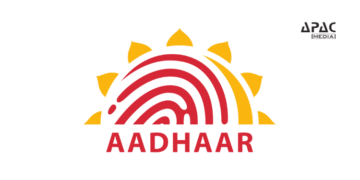

















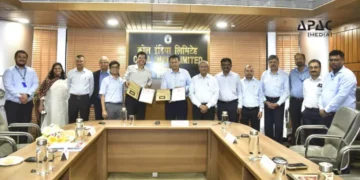
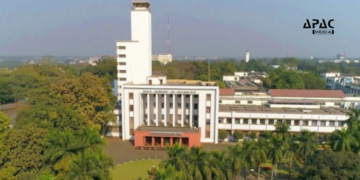
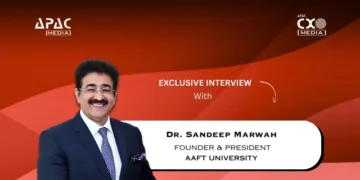
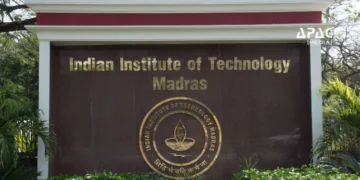

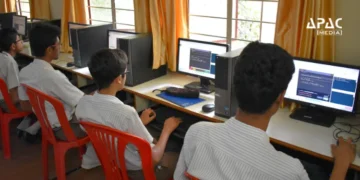




















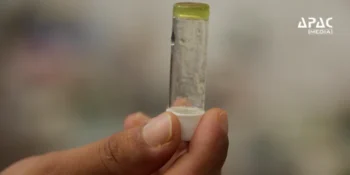











Discussion about this post